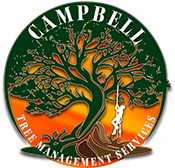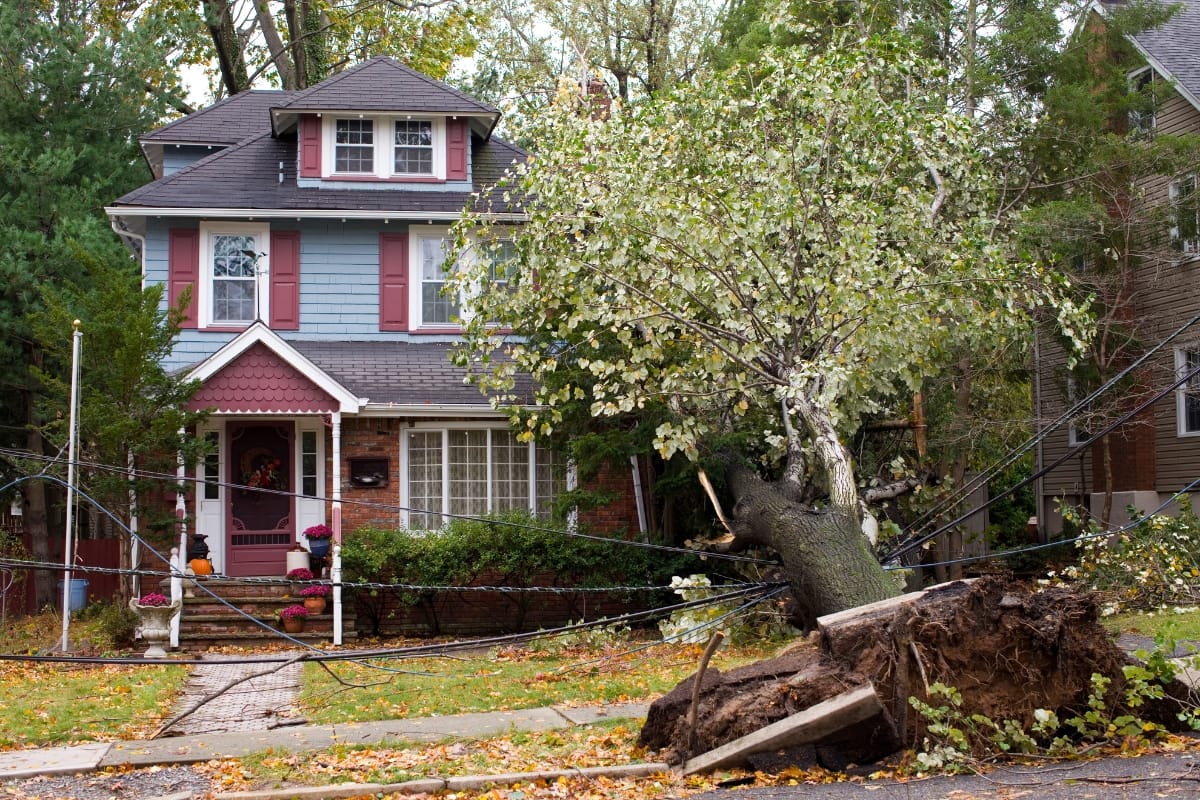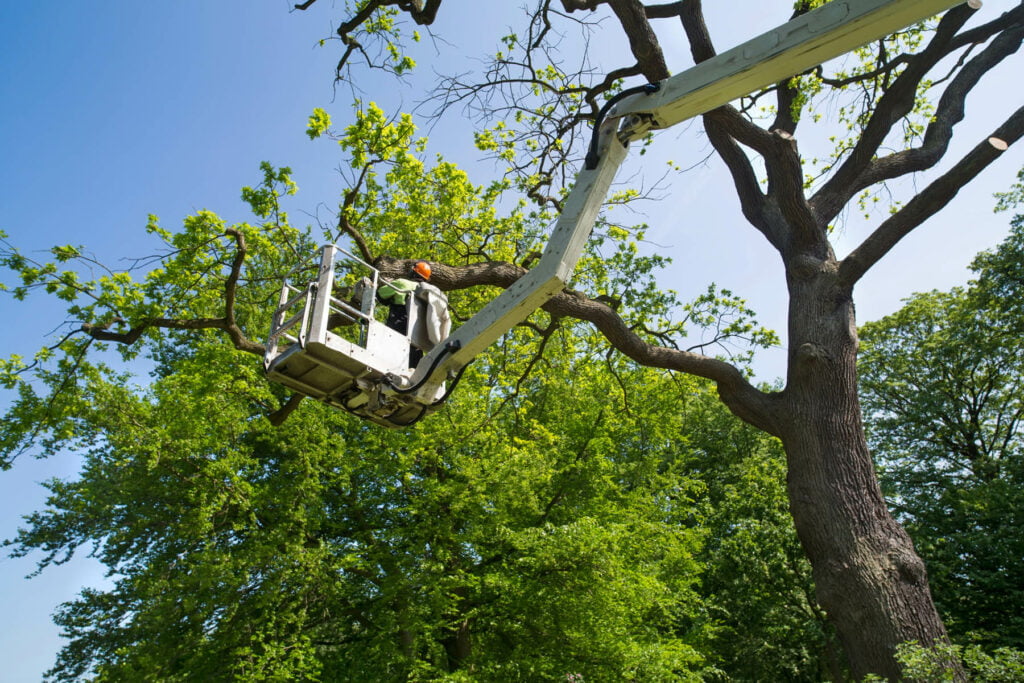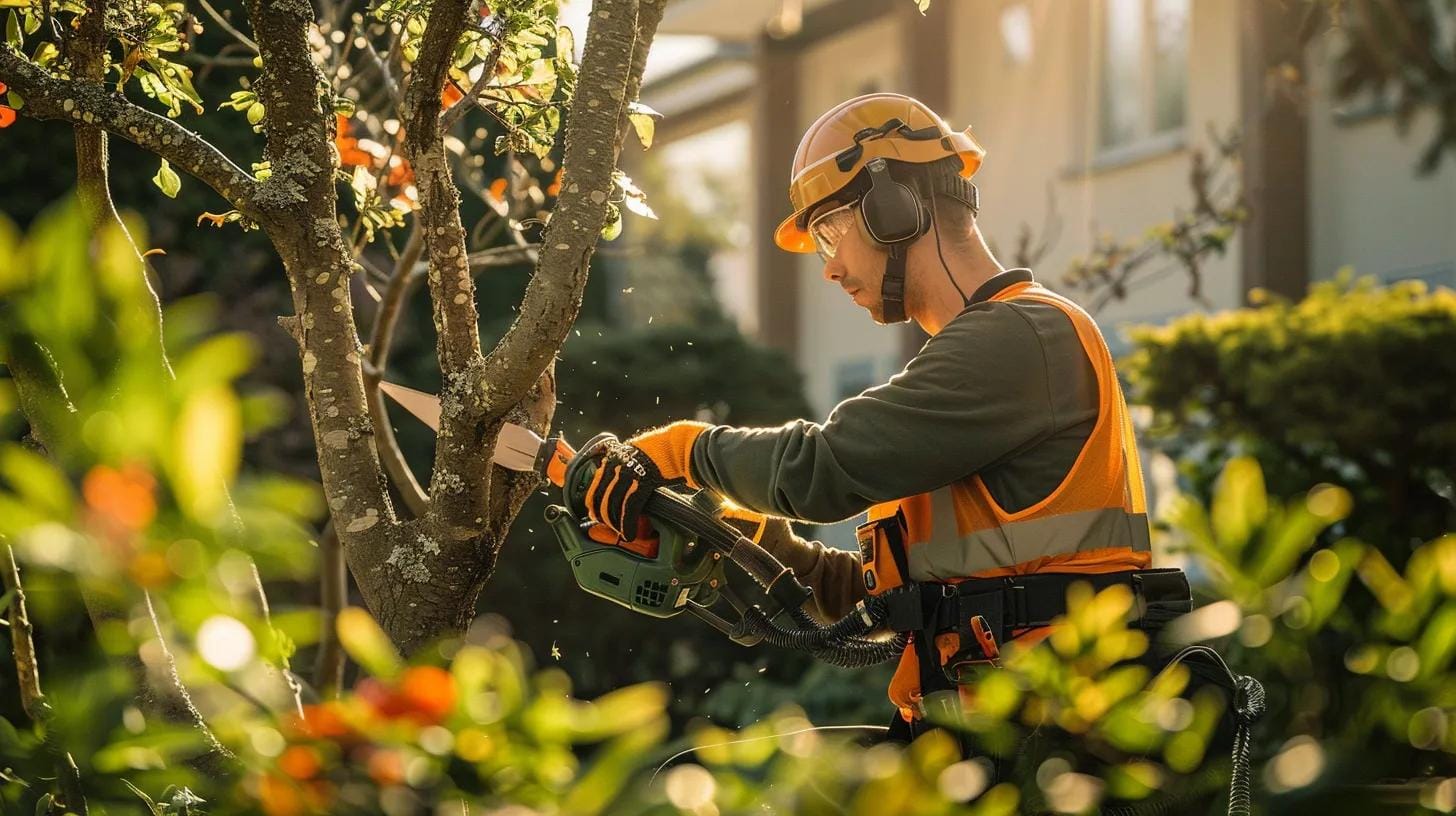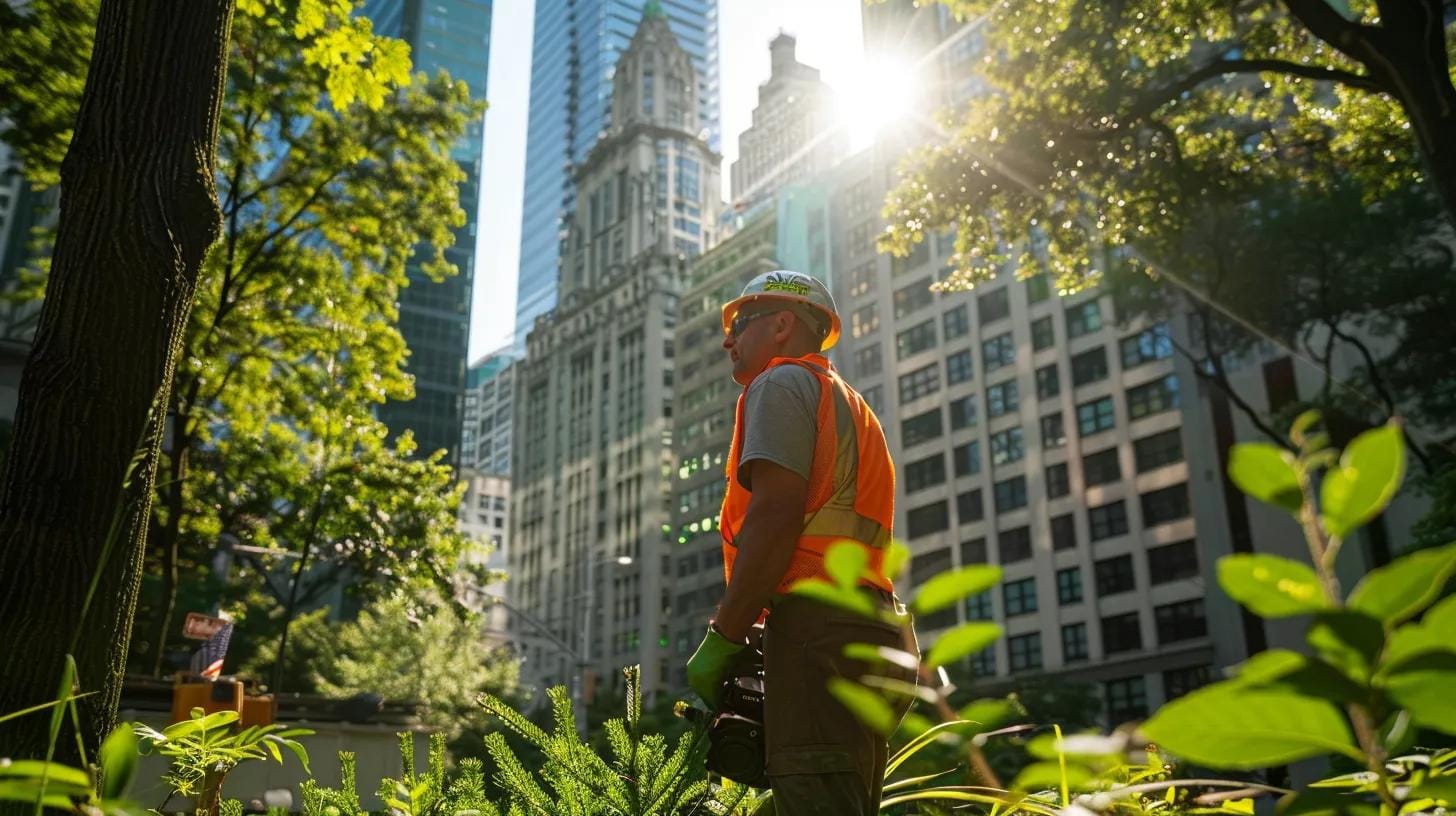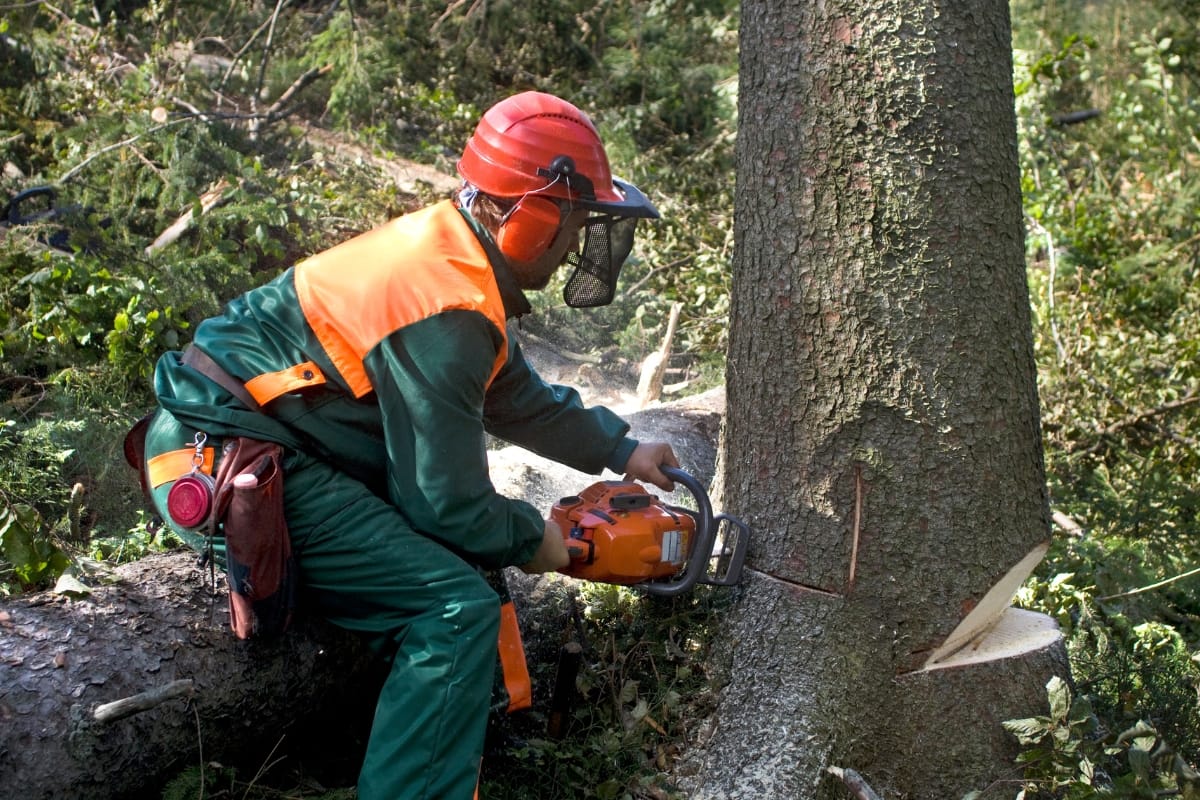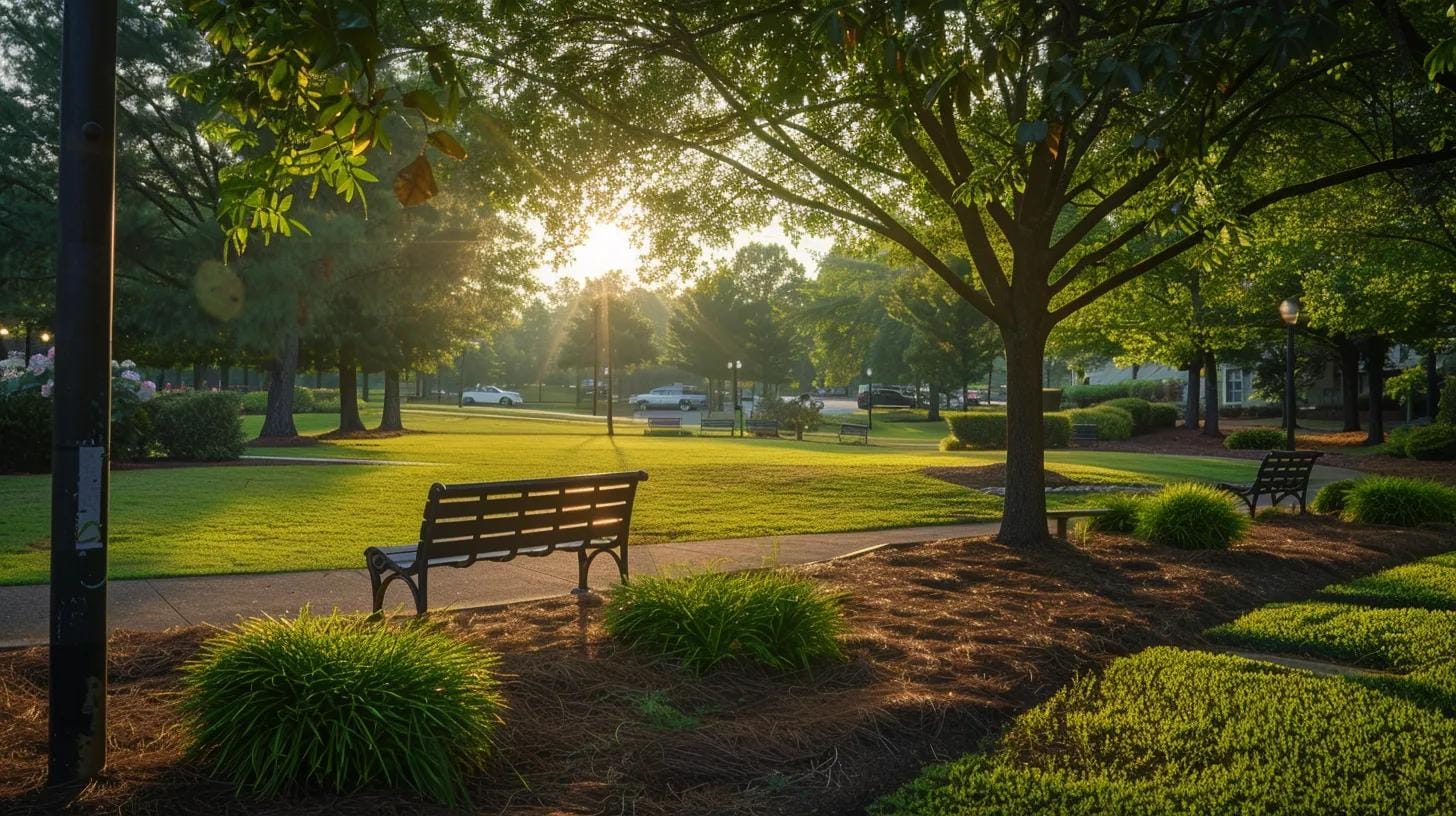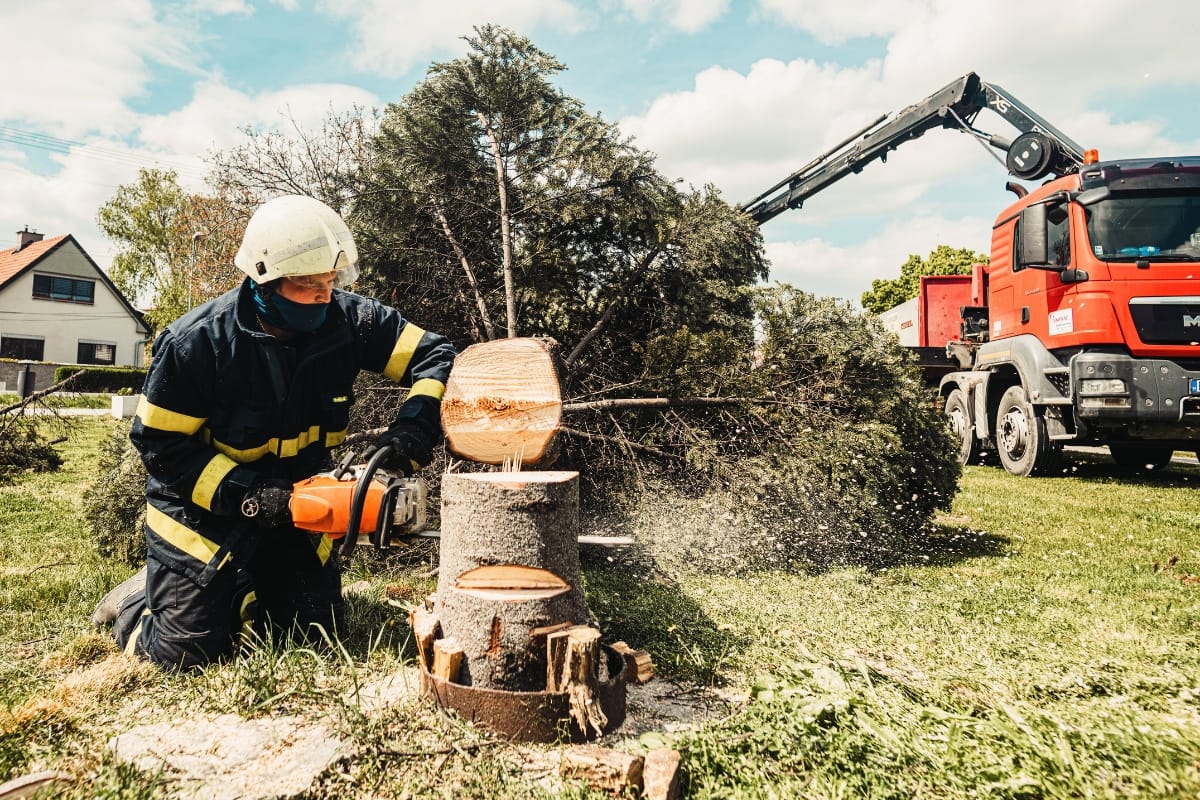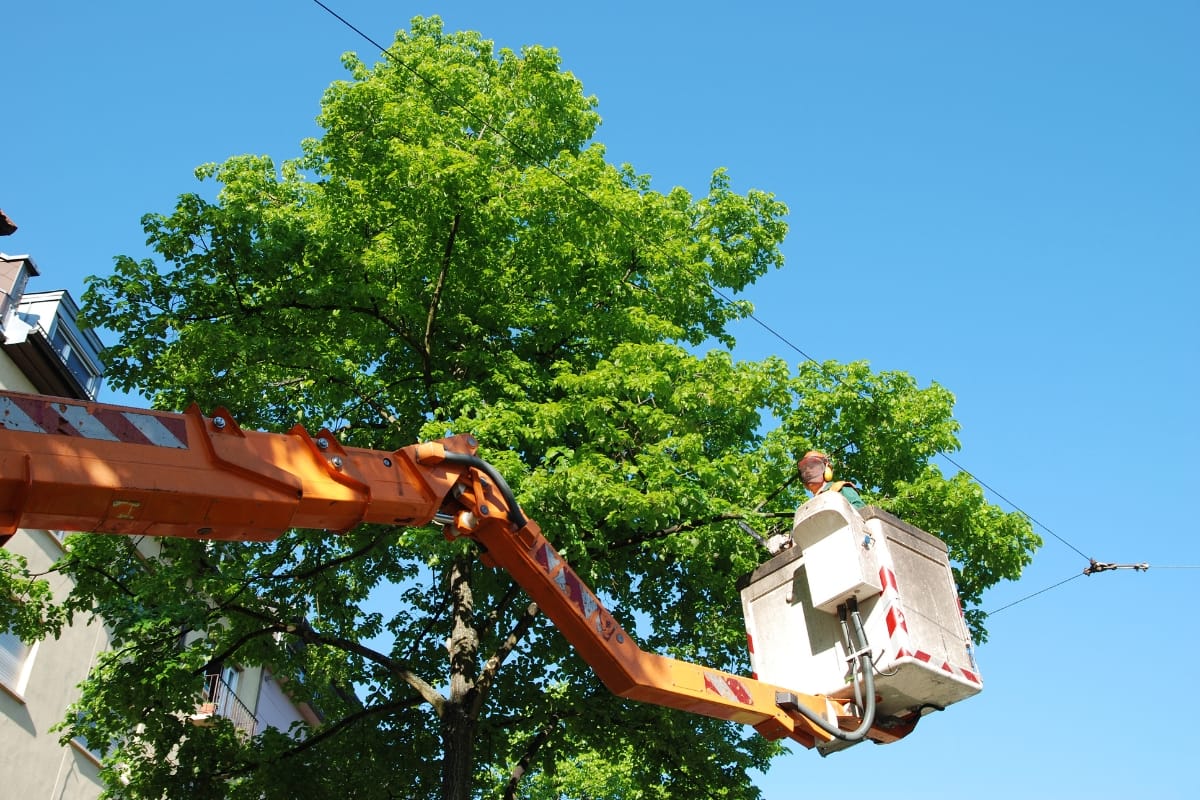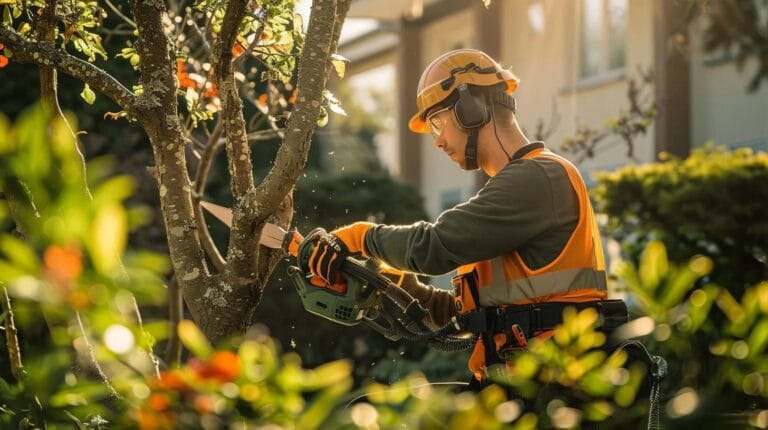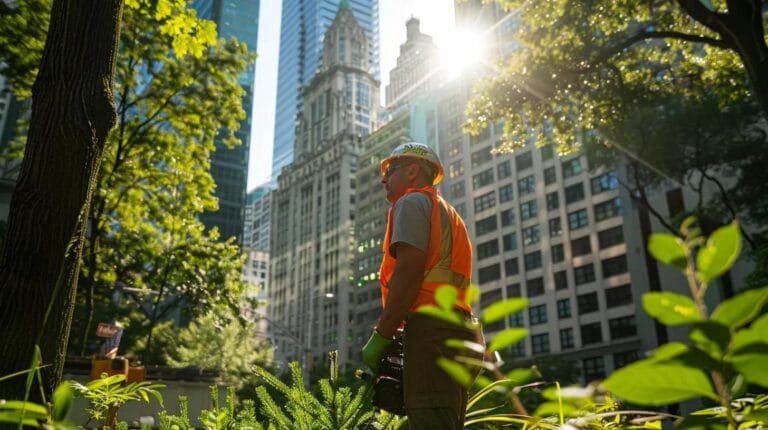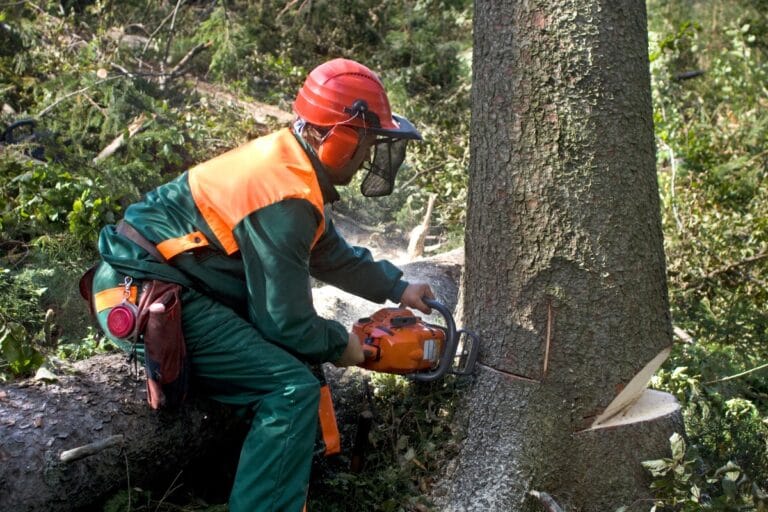When powerful storms sweep through Acworth, they often leave more than just puddles behind—fallen branches, uprooted trees, and hazardous debris can create serious risks for homeowners. In these moments, knowing how to respond quickly and safely is essential. Emergency tree services play a vital role in clearing damage, preventing further harm, and restoring your property’s safety and appearance. In this article, we’ll guide you through the first steps to take after storm damage, how to choose a reliable emergency tree service, and what to expect during the cleanup and recovery process.
Storm Just Hit? Here’s How Emergency Tree Services in Acworth Can Help
What Are Emergency Tree Services and Why Are They Crucial After Storm Damage?
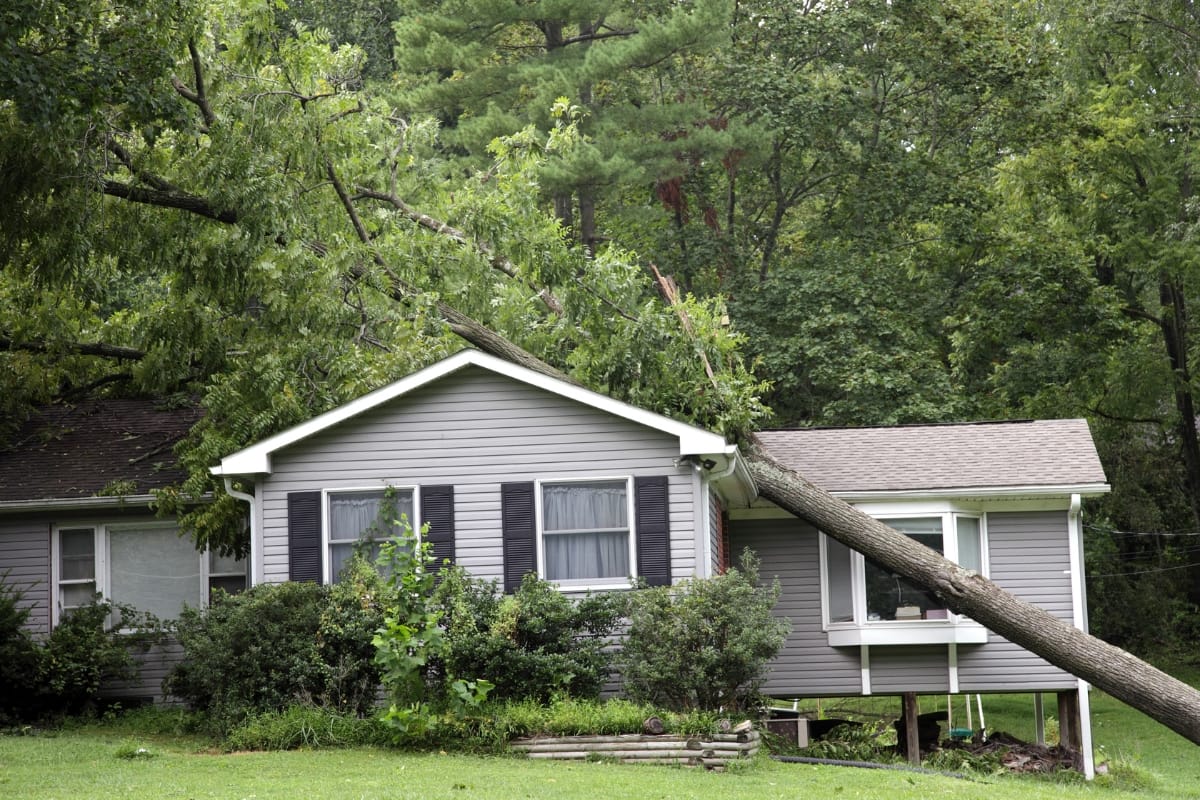
Emergency tree services in Acworth involve quick and focused actions to deal with the immediate dangers caused by storm-damaged trees. These services typically include inspecting damage, removing fallen limbs or entire trees, and clearing debris to restore safe access to homes, driveways, and public areas. When storms hit, trees can become unstable in ways that aren’t always obvious. Branches might hang loose, roots could be weakened, or the entire structure may be leaning. All of these conditions pose serious risks to people and property.
Responding quickly helps prevent further damage. Trees that are already compromised can collapse with very little warning, especially if another storm rolls in soon after. Removing unstable trees or limbs before they fall protects buildings, vehicles, power lines, and nearby landscaping. It also gives homeowners the ability to begin repair work sooner and can make it easier to file insurance claims by documenting storm damage right away.
What Defines Emergency Tree Services in Acworth?
Emergency tree services in Acworth are set apart by their speed and their focus on safety. These services are available outside of regular business hours and are built to respond to time-sensitive situations caused by severe weather. Skilled crews use equipment like bucket trucks, chainsaws, and safety harnesses to reach dangerous limbs or downed trees without putting people or property at further risk.
Techniques such as limb reduction, selective pruning, and structural support are used to stabilize trees that are still salvageable. If a tree poses too great a risk, complete removal might be necessary. Even if a tree looks mostly intact, it can still be unsafe. Hidden cracks, root damage, or internal rot might not be visible but can make the tree unstable. That’s why a thorough assessment is always the first step. Professionals evaluate structural integrity, look for signs of decay or stress, and determine the best course of action to ensure safety.
How Do Storms Typically Damage Trees in Acworth?
In Acworth, the combination of high winds, heavy rainfall, and occasional lightning can damage trees in several ways. Strong gusts can snap large limbs or uproot entire trees, while heavy rain can saturate the soil, loosening roots and making trees more likely to fall. Lightning strikes can burn or split trunks and branches. Hail and flying debris also contribute to damage by breaking off limbs or scraping bark, which can introduce disease.
Even if a tree remains standing, the structural integrity may be compromised. Cracks in the trunk, partially detached limbs, or an unusual lean can signal internal problems. Soil erosion from floodwaters or oversaturated ground can further destabilize trees, especially those close to buildings or on sloped terrain. These issues need to be addressed before they turn into larger hazards.
Why Is Rapid Response Important for Storm-Damaged Trees?
The longer a damaged tree is left unaddressed, the greater the risk of it causing harm. A quick response not only reduces the immediate danger but also prevents additional problems that can arise from falling debris or blocked pathways. Downed trees can block driveways, streets, or utility access points, creating delays and safety concerns for emergency responders and residents.
Fast action also helps with insurance documentation. By taking care of damaged trees right away, homeowners are better positioned to provide evidence of the storm’s impact, which can strengthen claims and reduce delays in receiving compensation. Just as importantly, responding early gives surviving trees a better chance of recovery. Removing hazardous limbs and reducing stress on partially damaged trees can prevent long-term decline or pest infestations.
What Are the Immediate Steps to Take After Storm Damage to Trees?
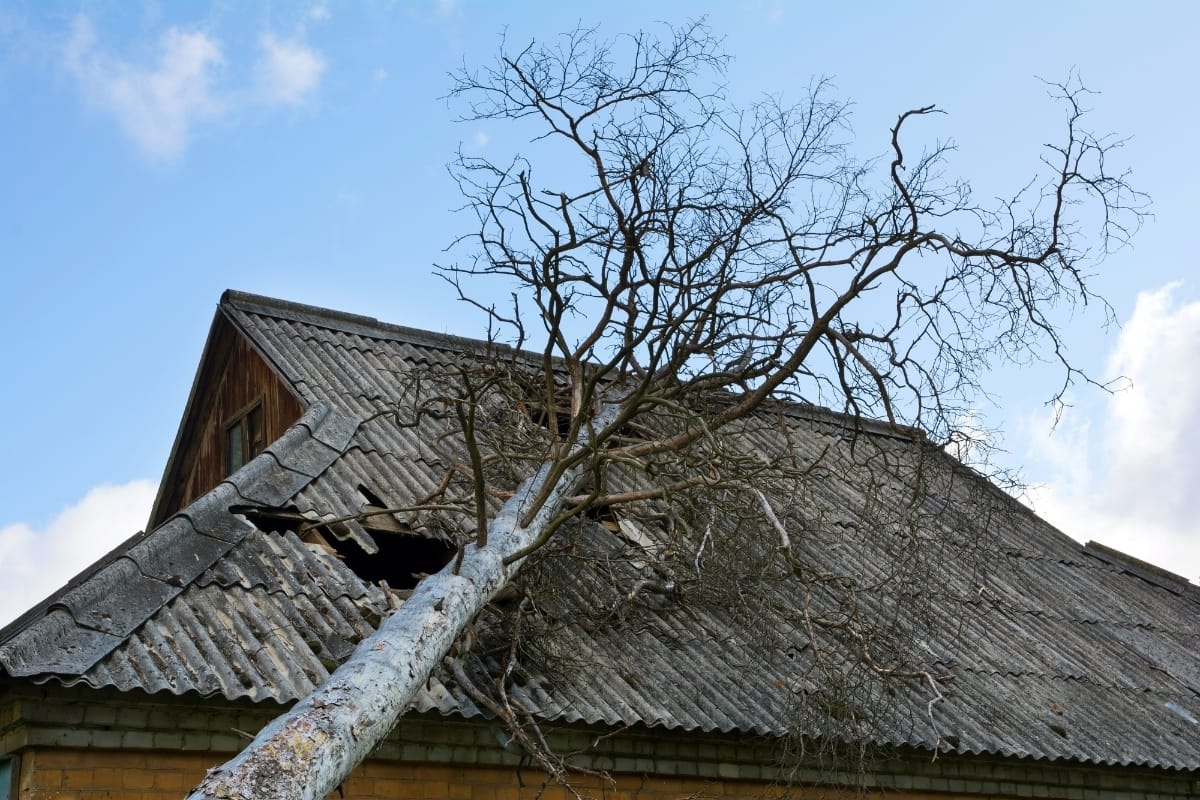
After a storm passes, safety should be the first concern. If there is any sign that trees may fall or if damage is severe, evacuate the area and avoid walking near damaged trees or limbs. Some may appear stable but can shift or collapse without warning. If electrical lines are involved, treat them as live and stay far back. Once immediate safety is ensured, secure the area to prevent others from getting too close.
Next, start documenting the damage. Take clear photos from multiple angles and make notes about what happened, when the storm occurred, and any visible signs of tree or property damage. These records will be useful for future evaluations, cleanup planning, or filing an insurance claim. Try to include wide shots that show the tree in its surroundings as well as close-ups of any broken limbs, cracks, or leaning trunks.
How Do You Safely Assess Tree Damage After a Storm?
Start by inspecting trees from a distance. Look for obvious problems like hanging branches, split trunks, or a sudden lean. These are warning signs that a tree is no longer structurally sound. Don’t get too close or try to move anything on your own. A branch caught in the canopy or a partially uprooted tree might shift suddenly if disturbed.
If the damage appears extensive, professionals may use tools like binoculars or drones to assess the extent without putting anyone in harm’s way. They’ll check for internal fractures, root damage, or other structural weaknesses that aren’t always visible to the untrained eye. Even issues that seem minor at first glance can become serious if left unchecked.
When Should You Contact Emergency Tree Services in Acworth?
If a tree poses any immediate risk—like leaning toward a home, vehicle, or public path—reach out for emergency help as soon as possible. Branches caught in power lines, trees split in half, or trunks showing deep cracks are also situations that warrant fast action. Some damage might not appear urgent but can still compromise the safety of your yard or property.
Even if there’s no visible danger, having a professional inspection is still recommended. Tree damage is not always obvious, and what looks like a stable trunk might hide internal rot or root issues. Getting an expert opinion early can help prevent further damage, and it also ensures that all relevant details are on record in case your insurance provider needs confirmation from a third party.
How Can You Document Storm Damage for Insurance Claims?
Good documentation supports a smoother insurance claim process. Use a camera or phone to take photos that clearly show what happened. Capture both the big picture—like how the tree fell or what area was affected—and the details, such as broken limbs or smashed fencing. Include something in the photo that provides scale, like a person standing at a safe distance or a common object placed nearby.
Write down what you observed immediately after the storm, including the time, weather conditions, and any new damage you noticed compared to before. Some certified arborists can provide written reports that further support your claim. Keeping this information organized helps you explain the situation clearly if you’re asked for details later.
What Precautions Should You Take While Waiting for Professional Help?
While waiting for help to arrive, limit access to the area around the damaged tree. Rope off the space if possible or set out visible markers to warn others. Avoid touching or moving fallen limbs, especially those caught in power lines or tangled in other trees. If anything appears to involve utilities, call your local utility provider immediately.
Secure loose outdoor furniture or tools that could cause more damage if another storm rolls in. If more bad weather is forecast, stay indoors and monitor the situation. Waiting for professionals can be difficult, but taking a cautious approach prevents injuries and avoids making the damage worse.
What Emergency Tree Services Does Acworth Tree Care Provide After Storm Damage?
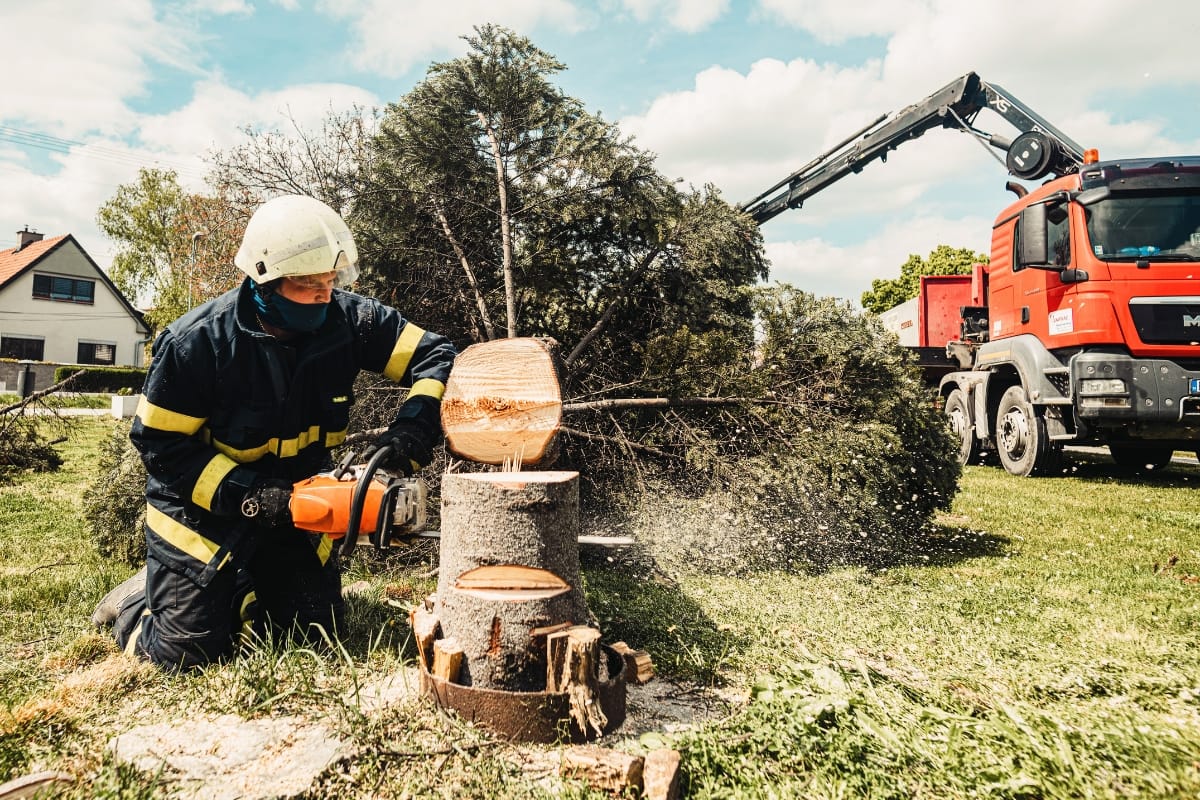
After a major storm, fallen trees and hanging limbs can create serious safety issues. Immediate action is often necessary to reduce the risk of injury and prevent further damage to homes, vehicles, and utility lines. Emergency tree services typically begin with a visual assessment of the area to identify hazards like broken branches, uprooted trunks, or trees leaning in an unstable direction. From there, steps are taken to remove dangerous elements and stabilize the area so it can be safely used again.
A skilled response team will prioritize threats based on severity. For example, a tree blocking a driveway or resting against a house will need faster removal than smaller limbs scattered across a yard. Efficient cleanup and careful removal help restore a sense of normalcy while reducing the chances of additional problems caused by unstable debris or hidden structural weaknesses in nearby trees.
How Is Emergency Tree Removal Conducted Safely and Efficiently?
Removing a storm-damaged tree requires careful planning, especially when it’s close to a house or power lines. The process typically starts with a thorough inspection to determine the safest way to take the tree down. Teams consider the size and position of the tree, its condition, and nearby structures before deciding on a removal strategy.
To avoid causing further damage, trees are often dismantled in sections. Crews may use cranes or rigging systems to guide large limbs safely to the ground. Chainsaws are used to cut the tree into manageable pieces, and ground crews help direct each part to avoid striking buildings, vehicles, or walkways. Clear communication between team members is essential during this process, along with strict attention to safety measures.
What Does Storm Damage Cleanup Include?
Once the immediate threats are removed, cleanup begins. This includes clearing fallen limbs, hauling away broken branches, and disposing of any trees that had to be removed. Larger sections may be chipped on-site or transported elsewhere. Smaller debris, such as twigs and leaves, is collected to help make the property usable again.
Cleanup efforts often go beyond appearance. A good post-storm cleanup also includes a brief inspection of nearby trees to check for less obvious damage, such as cracks in trunks or weakened root systems. Spotting these issues early can prevent future risks and help keep the landscape healthy.
How Does Hazardous Tree Identification Work?
Some storm damage isn’t immediately visible, which is why follow-up inspections are important. A trained professional can identify trees that may look fine but are structurally compromised. They look for signs like bark separation, hollowed trunks, fungus growth, or leaning that wasn’t present before.
In some cases, tools like sonic tomography or resistograph devices are used to assess internal wood strength. These methods can reveal rot or fractures hidden inside the trunk. Based on this assessment, the tree may be marked for monitoring, additional support, or complete removal if it poses a danger.
How Can Acworth Tree Care Assist With Insurance Claims?
Storm cleanup is often closely tied to insurance claims, especially when trees cause damage to buildings, fences, or vehicles. Proper documentation is key. This usually means taking multiple photos of the damaged area from different angles, along with written notes that describe the scene and the work done to remove hazards.
If a tree has caused structural damage or blocked access to the property, a detailed report from a qualified professional helps support an insurance claim. This documentation not only explains what happened but also provides evidence of timely action, which may help speed up the claims process and improve the chances of receiving full compensation.
How Much Does Emergency Tree Removal Cost in Acworth?
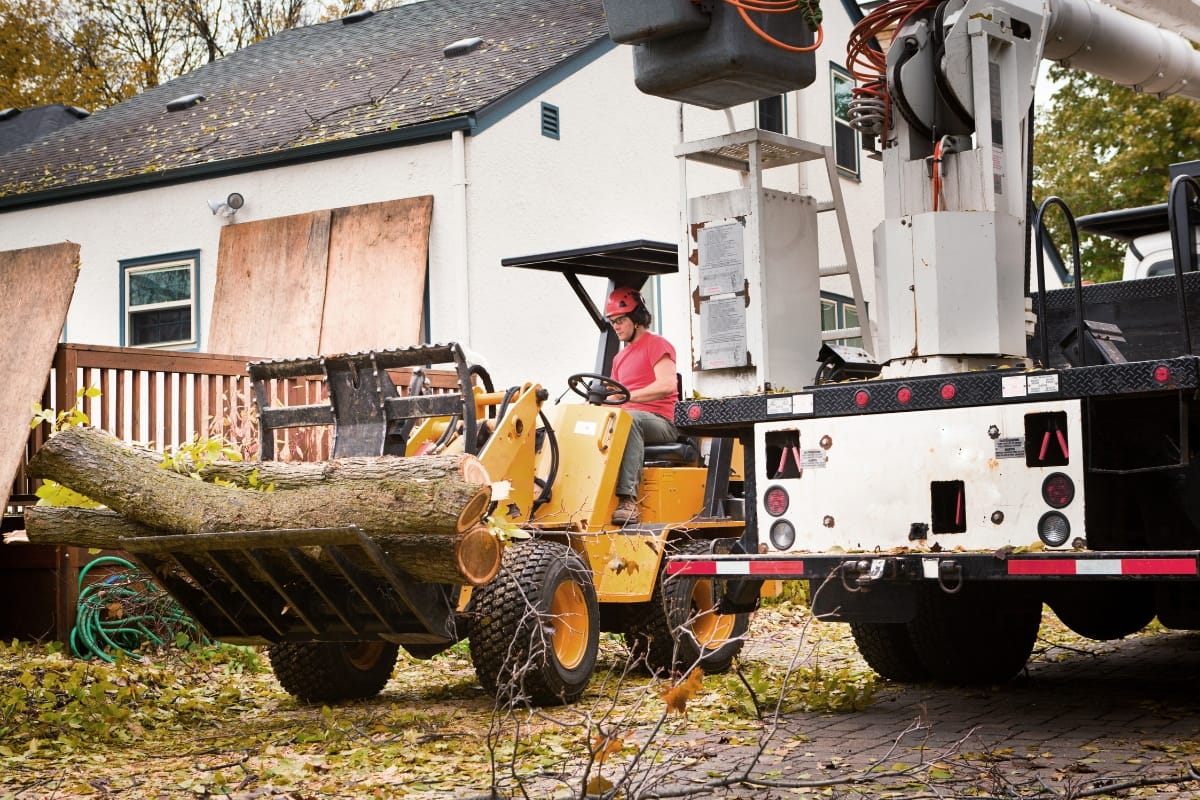
The price of emergency tree removal in Acworth can vary depending on a range of conditions. Factors such as the tree’s height, its location, and the extent of the storm damage all contribute to the overall cost. Larger trees that are leaning dangerously or tangled in utility lines tend to require more complex equipment and skilled labor, which raises the price. Additional expenses may also include the disposal of fallen branches, temporary access to the site, or landscape repairs after the removal is complete.
In general, costs can fall anywhere between a few hundred dollars for a small, accessible tree to several thousand for large or hazardous ones. Timely response can actually reduce overall damage, saving homeowners from more expensive repairs in the long run. For example, removing a partially fallen tree before it collapses onto a structure may cost less than dealing with both the tree and the resulting property damage afterward.
What Factors Influence the Cost of Emergency Tree Services?
Several key elements can impact what you’ll pay for emergency tree services in Acworth. Tree size is one of the most obvious contributors. A small ornamental tree in an open yard is easier and faster to remove than a tall oak leaning against a building. The species also matters. Some trees are denser or more difficult to cut, and others have complex root systems that require extra care during removal.
Location is another major factor. If the tree is located near power lines, fences, or structures, removal will require more time and care. In these cases, special equipment like cranes or rigging systems may be necessary, which adds to the overall price. Weather conditions, terrain, and how quickly the work needs to be completed can also affect costs.
Additionally, the scope of cleanup should be considered. If there is widespread debris or heavy limb scattering, cleanup becomes more labor-intensive. Property owners may also face extra charges for stump grinding, hauling away wood, or restoring sections of the yard impacted by the removal.
Are There Permit or Regulation Fees for Tree Removal in Acworth?
In many parts of Acworth, tree removal is regulated by city or county ordinances. This includes emergency situations where fallen or unstable trees are located in protected zones, near public walkways, or on lots governed by specific landscaping rules. A permit may be required even in urgent situations, especially if the tree is of a certain size or species.
Permit fees are typically modest, but they can add to the total bill. Homeowners should also be aware that failing to follow permit requirements could result in fines or delays. The cost of permits is often rolled into the overall estimate provided by the removal team, but it’s a good idea to confirm this ahead of time. Working with professionals familiar with local rules helps ensure the process stays within legal boundaries.
How Can You Get an Accurate Estimate for Storm Damage Tree Services?
To receive an accurate estimate, the first step is scheduling a site visit from a tree care professional. During this visit, the technician will evaluate the tree’s condition, size, and location, along with any surrounding hazards. They’ll also assess how much debris removal will be needed and whether any permits or special equipment are likely to be necessary.
It’s important to request a written, itemized estimate that outlines each part of the job. This might include labor, equipment, permit fees, and any post-removal cleanup or disposal services. Having this level of detail helps homeowners make informed decisions and compare prices if needed.
A transparent estimate backed by on-site evaluation is the best way to understand both immediate costs and long-term implications of tree removal after a storm. Taking the time to get this information up front can make a stressful situation much more manageable.
How Can Homeowners Prevent Storm Damage to Trees in Acworth?
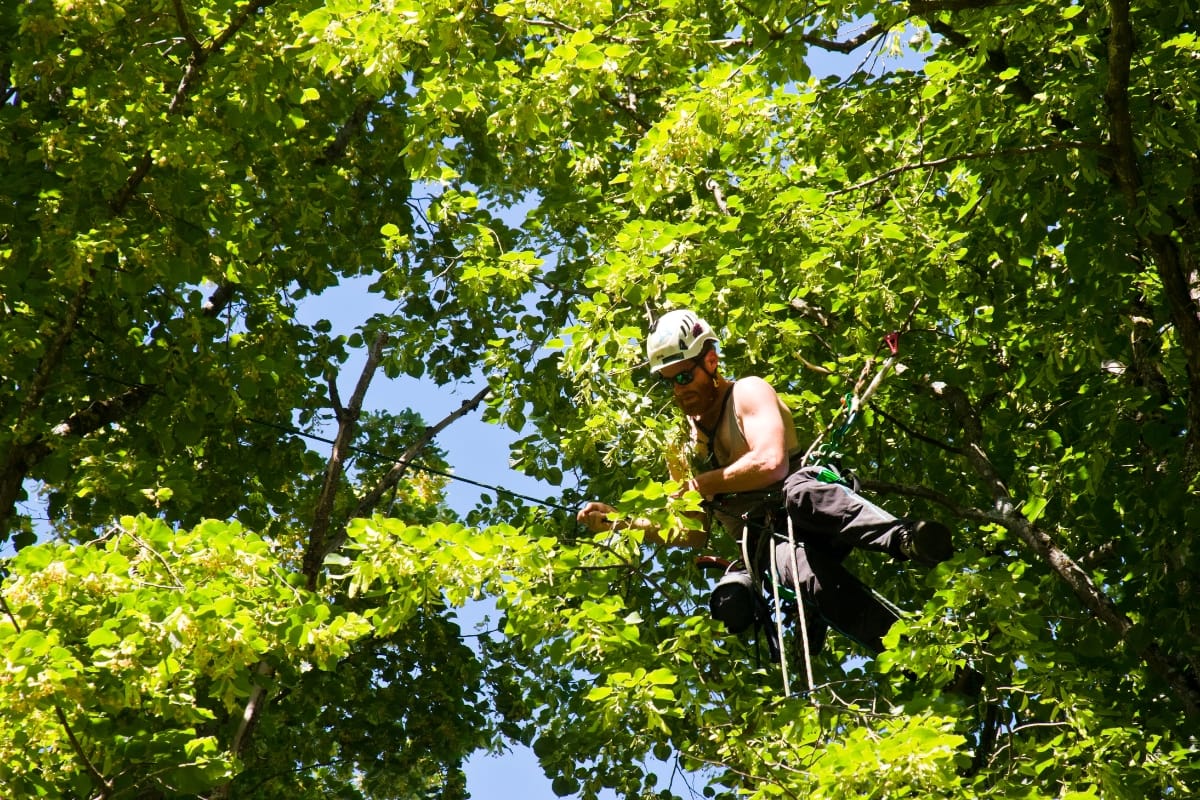
Preventing storm-related damage starts with regular attention to tree health. Trees that are well cared for are more likely to withstand high winds and heavy rain without significant harm. Maintenance should include periodic inspections to identify any signs of stress or disease, as well as timely pruning to remove weak or overgrown limbs. It’s also important to correct structural problems early, such as narrow crotch angles or root exposure, which can become serious issues during a storm. A consistent, long-term approach to tree care can greatly reduce the chance of falling branches or full tree failure during extreme weather.
What Are Common Tree Species in Acworth and Their Storm Vulnerabilities?
Acworth’s landscape is filled with a variety of trees, each with its own potential vulnerabilities during a storm. Oaks are generally strong but can suffer from large limb breakage if not properly managed, especially if their canopies become too heavy. Pines, which are also widespread in the region, often have shallow root systems, making them more susceptible to toppling in saturated soil. Maples and magnolias provide beautiful shade but can experience significant damage if branches become too dense or brittle due to a lack of pruning. By understanding the unique characteristics of these species, property owners can take targeted steps to reduce the risk of storm damage.
How Does Regular Tree Pruning Reduce Storm Damage Risks?
Tree pruning is one of the most effective ways to protect against storm damage. By removing weak, dead, or damaged limbs, homeowners can improve the overall structure and balance of the tree. This reduces wind resistance and helps prevent branches from snapping under pressure. Pruning also opens up the canopy, allowing for better air circulation and light penetration, which contributes to stronger, healthier growth over time. When done correctly, pruning strengthens the tree’s ability to withstand harsh conditions and keeps surrounding areas safer during storms.
What Are Signs of Hazardous Trees That Need Attention Before Storms?
Recognizing potential problems before a storm can make a big difference in preventing property damage. Some of the most common red flags include large dead branches, cracks or splits in the trunk, and noticeable leaning. Bark that is peeling, areas of decay, or the presence of mushrooms at the base can also indicate underlying health issues. Sparse or lopsided canopies may suggest internal weakness. Additionally, if you hear creaking or see sudden changes in posture during windy days, it could be a sign that the tree is unstable. Noticing these signs early gives homeowners time to consult with a professional before bad weather hits.
How Can You Prepare Your Trees for Severe Weather Events?
Getting trees ready for storms is not something that should be done at the last minute. The best approach is to maintain a year-round care routine. Start with regular inspections to catch issues before they develop into hazards. If a tree is structurally weak but still healthy, techniques like cabling or bracing can help provide additional support. It’s also smart to keep tree limbs trimmed away from homes, fences, and power lines. Choosing tree species that are better adapted to withstand high winds and managing their health with proper watering and soil care can provide long-term protection. In short, preparation and prevention are key strategies for reducing storm damage to your landscape.
What Are Acworth’s Local Regulations and Permits for Emergency Tree Removal?
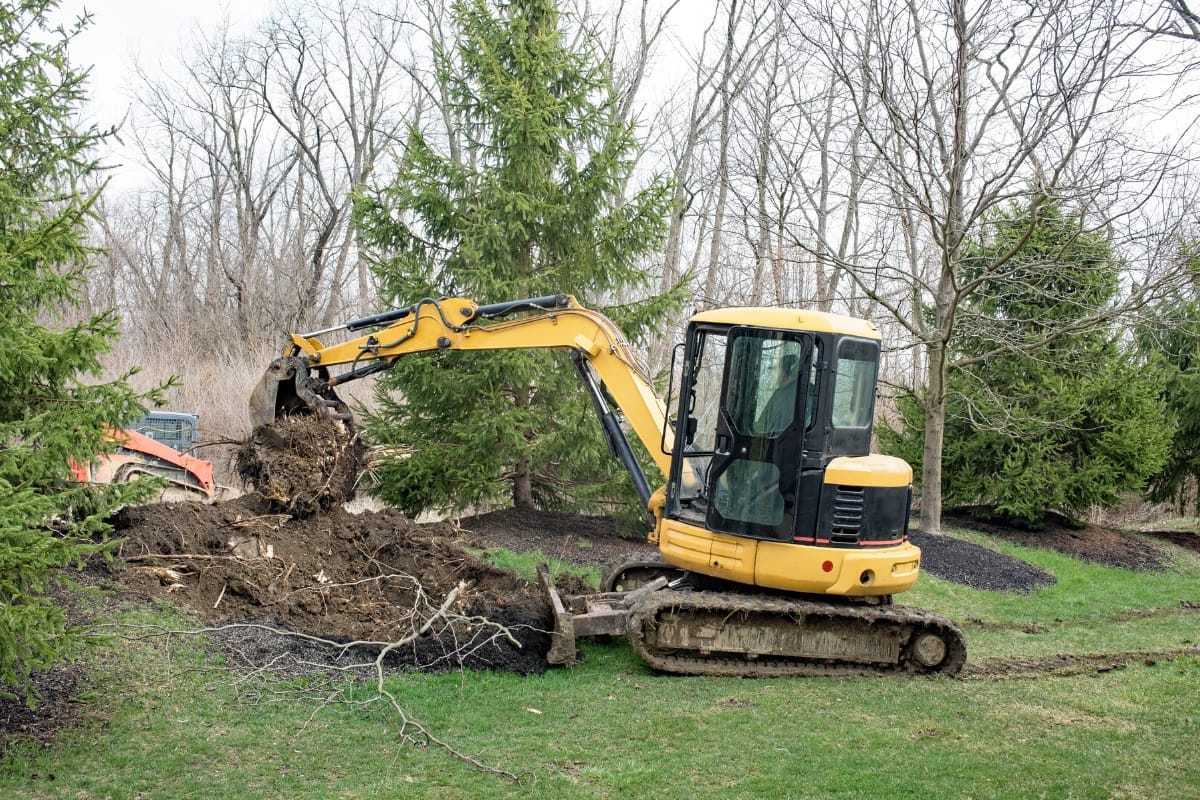
In Acworth, emergency tree removal is not exempt from local rules. Even when a tree poses an immediate risk after a storm or other event, removal must comply with established municipal regulations. These guidelines are designed to protect both public safety and the environment. Documentation may still be required, along with potential fees, especially if the tree is in a protected area. Taking the time to follow the correct procedures helps avoid delays and ensures the work is done within legal boundaries.
When Is a Tree Removal Permit Required in Acworth?
Permits are typically needed when removing trees from areas that fall under specific local oversight. This includes trees near public roads, within designated historic districts, or those located in zones marked for environmental protection. In emergency situations, the city may streamline the permitting process, but that does not eliminate the need to apply. If a tree’s removal has the potential to affect neighboring properties or shared spaces, the permit becomes especially important. Property owners are responsible for confirming whether the tree in question falls under these categories before removal begins.
How Do You Apply for Tree Removal Permits After Storm Damage?
After storm damage occurs, the process for securing a permit begins with gathering the necessary information. This includes details like the species of the tree, its location on the property, and the nature of the damage. Most applications require photographic evidence and, in some cases, a written assessment from a qualified arborist.
Forms can typically be downloaded from the city’s website or picked up in person from local government offices. Applications must be filled out completely and submitted for review, which can take several business days depending on the severity of the situation and the number of requests being processed. In clear emergency cases, the city may offer expedited processing to help speed up recovery efforts.
What Are the Penalties for Illegal Tree Removal in Acworth?
Removing a tree without the appropriate permit can result in fines or other penalties. These fines often vary based on the size of the tree, its species, and its location. Trees that provide significant ecological benefits, such as large shade trees or those that support local wildlife, may carry higher penalties if removed without authorization. In addition to financial consequences, violating local regulations can lead to restrictions on future permits or even legal action. These rules are in place not only to preserve the local tree canopy but also to ensure that removals are handled safely and with consideration for nearby properties and ecosystems.
How Do You Contact Acworth Tree Care for Emergency Tree Services After Storm Damage?
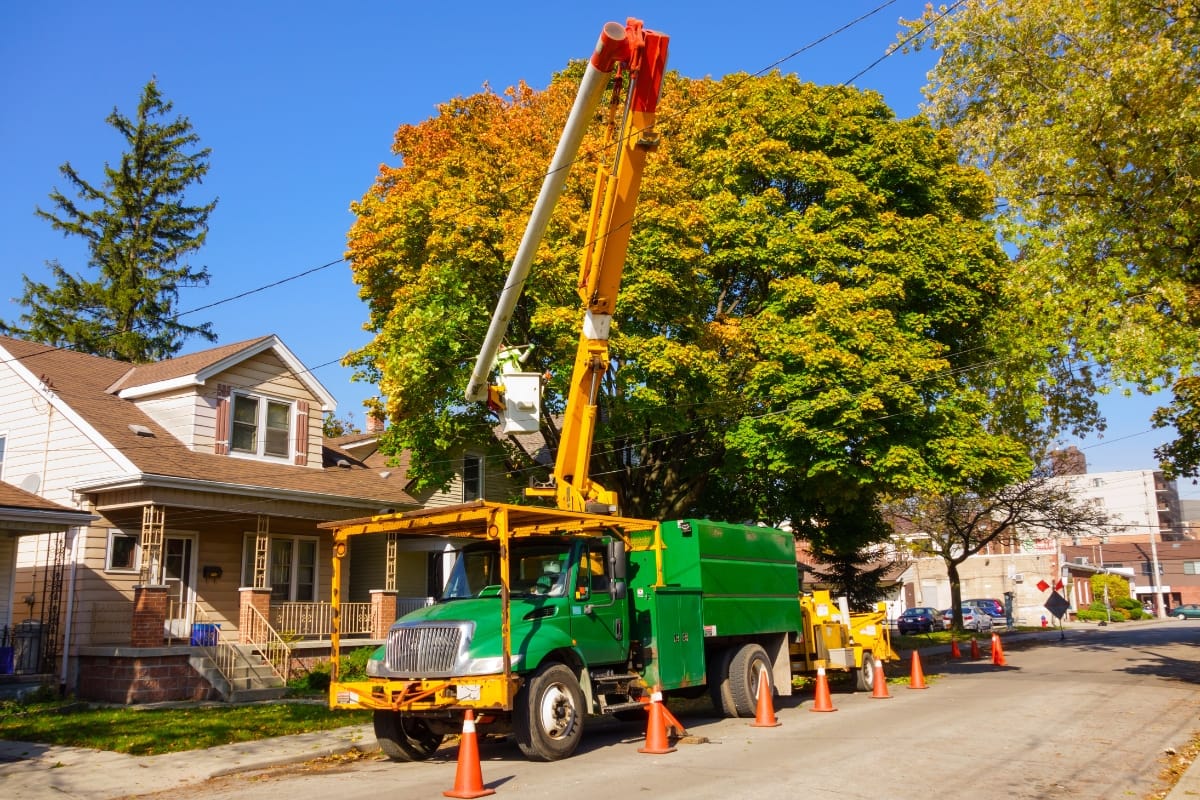
When a storm causes tree damage, the first step is to act quickly and safely. Most professional tree services in Acworth offer a straightforward way for homeowners to report storm-related hazards. Typically, a phone call to an emergency line will connect you with someone who can begin the assessment process. These lines are staffed around the clock to ensure that property owners can report dangerous trees as soon as they spot them. From there, a team is usually dispatched to evaluate the site and begin planning for cleanup or removal.
What Are the Available 24/7 Emergency Contact Options?
Emergency response teams often provide multiple ways to get in touch beyond just a phone number. In many cases, property owners can use an online contact form to describe the damage or even start a real-time chat with support staff on a website. These methods are especially helpful when phone lines are busy following a large storm. Whether it’s by call, message, or online form, the goal is to get the issue logged quickly so the team can prioritize the response based on safety concerns and the severity of damage.
Which Neighborhoods in Acworth Does Acworth Tree Care Serve?
Most tree care companies in Acworth cover the city’s core neighborhoods as well as surrounding areas throughout Northwest Georgia. Coverage often includes nearby communities such as Dallas, Cartersville, and Woodstock. This broad service area means that both residential and commercial properties have access to experienced professionals following major weather events. Local familiarity with the landscape, soil conditions, and common tree species allows for faster and more effective response. Crews are typically familiar with neighborhood layouts, which helps them navigate storm-affected areas more efficiently during time-sensitive situations.
What Should You Expect During the Initial Consultation?
The first on-site visit after a call usually involves a detailed inspection by an arborist or trained team member. They begin by checking for immediate hazards like split trunks, leaning trees, or large limbs that are at risk of falling. Even trees that look stable from a distance may have internal damage or hidden weaknesses. Once the inspection is complete, the property owner is given a breakdown of the findings and a suggested course of action. This could include removal, bracing, or trimming, depending on the condition of the tree and the surrounding area.
In most cases, the inspector will also provide an estimate for the work, along with a general timeline for when it can be completed. If the damage was caused by a storm, written documentation is usually provided. This includes photos, a summary of the problem, and notes on the steps needed for resolution. These documents can be helpful when working with insurance providers to cover the cost of emergency work.
Frequently Asked Questions
Q: What constitutes an emergency tree service in Acworth? A: Emergency tree services in Acworth involve rapid assessment, stabilization, and removal of trees that pose safety hazards after severe storms. These services ensure that dangerous limbs, uprooted trees, and extensive debris are managed quickly to protect property and lives.
Q: How long does it take for professional tree care after a storm in Acworth? A: Response times vary, but professionals typically arrive within a few hours of a reported storm. Quick action is essential to minimize further damage, and many providers offer 24/7 services.
Q: Do I need permits for emergency tree removal after a storm? A: Yes, permits are required during emergencies if a tree is in a regulated zone or near critical infrastructure. Professional services assist in securing these permits.
Q: How can I prepare my trees to reduce storm damage risk? A: Regular pruning, proper watering, and periodic structural assessments can reduce vulnerabilities. Early detection of decay or weakness leads to timely interventions.
Q: What factors affect the cost of emergency tree removal services? A: Costs depend on the tree’s size, species, extent of damage, removal complexity, and additional fees like permits. A thorough professional assessment provides a detailed estimate based on these factors.
Q: Are emergency tree services in Acworth available 24/7? A: Yes, many providers offer round-the-clock emergency response to manage tree hazards promptly after severe weather events.
Q: How do emergency tree services assist with insurance claims? A: Professionals document all damage with photographs, evaluations, and written reports, streamlining the claim process by ensuring all necessary documentation is complete and accurate.
Final Thoughts
Storm aftermaths in Acworth often leave properties exposed to hazardous, damaged trees. Prompt emergency tree services are essential for protecting lives and property, simplifying insurance claims, and setting the stage for recovery. By following the steps outlined—from safe assessment and documentation to rapid professional intervention—homeowners can navigate post-storm challenges more effectively.
After a storm, swift action is key to keeping your property safe and restoring your yard’s beauty. Whether you’re facing broken branches, uprooted trees, or hazardous limbs, the skilled team at Campbell Tree Management Services is ready to help 24/7 with our emergency tree services. Give us a call at (770) 286-8058 or visit our website to request your free quote today—and let us handle the cleanup so you can focus on getting back to normal.
